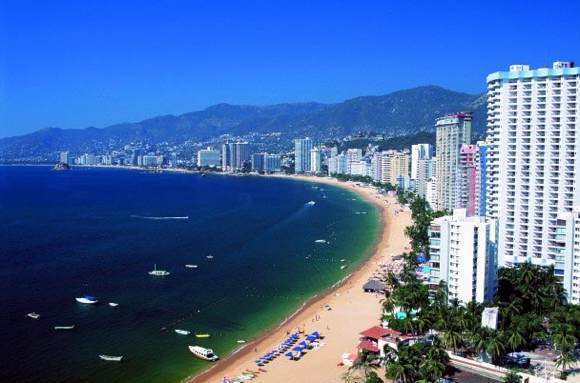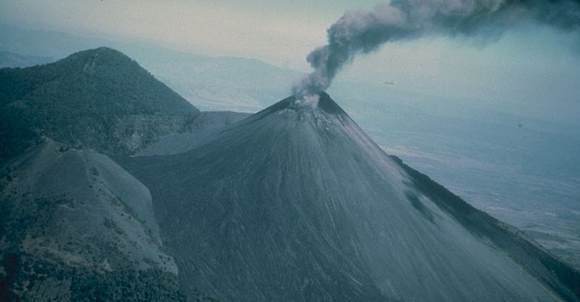Guest article written by Jennifer Doherty
Taking off and going to somewhere far away for a while is very tempting when you are young, but what if you go somewhere where there is a risk from an earthquake or volcano? South and Central America are among the most exciting places in the world to visit but also some of the most at risk.
What sort of trip?
Anyone taking time off from education in the form of a gap year or extended holiday will need to decide what sort of thing it is that they want to do as there are several options. One option is to literally make your trip into a holiday and to spend your time taking in the sights of as many places as possible. Alternatively, you could spend some of your gap year doing something worthwhile by volunteering abroad on community and wildlife projects.
Central America
Costa Rica and Guatemala in Central America are two places where there is a risk from both earthquakes and volcanoes but this should not deter visitors on their real gap from visiting either of these amazing places. Costa Rica is a popular place to visit for those who are interested in wildlife and ecology. The country has a huge variety of flora and fauna, all the more amazing given how small this country is. The country does have some active volcanoes which can be visited although care must be taken. All of them have warning signs and these should be heeded. Anyone climbing them should do so with care. As with Costa Rica, Guatemala also has a rich and diverse history with some amazing sights. It is also home to many volcanoes, with a lot of them over 3,000 metres high and there are guided walking tours available to many of them.

Acapulco Mexico, a Pacific coast holiday heaven which is shaken regularly by earthquakes - Image courtesy Wikipedia
South America
The only country in South America with coastlines on the North Pacific as well as the Caribbean Sea, Colombia is the 'gateway' between Central and South America. The country has some amazing landscapes in every direction and is equatorial so has no real seasons to speak of. It is however subject to some natural hazards which need to be borne in mind if you are considering this country as part of your Real Gap. The highlands are subject to the risk of both volcanoes and earthquakes. Sharing a border with Colombia is Peru which is probably most famous for being the centre of the Inca Empire and home to the UNESCO World Heritage Site Machu Pichu. Visitors to Peru should be aware that the south of the country is home to the Sabancaya Volcano and that Peru has been affected by many earthquakes.
So, if you are thinking about taking some time off from studies or work and going travelling, then do your research and look carefully into the places you are thinking of going to. Although the risk of a volcano or earthquake in most of these places is small, it may still be something to bear in mind when you are making the final decision about your destination.

Pacaya volcano, Guatemala
Preparedness
When you are living in the age of technology, taking help of some smart gadgets can be a better choice to avoid the potential risks of earthquakes. There are some smartphone apps which are quite beneficial for making you aware of the impending danger of earthquakes.
You can also be informed by mails or keep yourself updated about the upcoming danger on Twitter. For specific earthquake data, Quake_tracker4 can be a good option to get information on triggering earthquakes.
Make also sure that you know what to do during and after an earthquake : The Be Earthquake Prepared guidelines do tell you in a couple of minutes what to do if you are suddenly in the midst of something unexpected.
When staying along the coast, there are 2 very important signs that a tsunami may be inundating the coastline. The first one is a strongly receding sea . This is not normal and you should immediately evacuate to higher ground. The second one to run for higher ground is experiencing 30 seconds of very strong shaking. Always follow instructions from the authorities if they are present.
AUTHOR BIO:
Jennifer writes regularly on travel for a range of travel websites and blogs. This includes writing about travel for young people, particularly those who are embarking on a real gap from education.




Please address the Apartment dwellers. Here in Vancouver, down town, we are a a wash in steel,concrete and glass Tower blocks. Stair well's and elevators one is advised Not to use in any emergence. Where is there a safe exit for tenants in tower blocks? Flying foxes, Suction cups, knotted ropes can take up a lot of storage space. This idea could make some one much. 3-D and nano technology may take care of this conundrum.